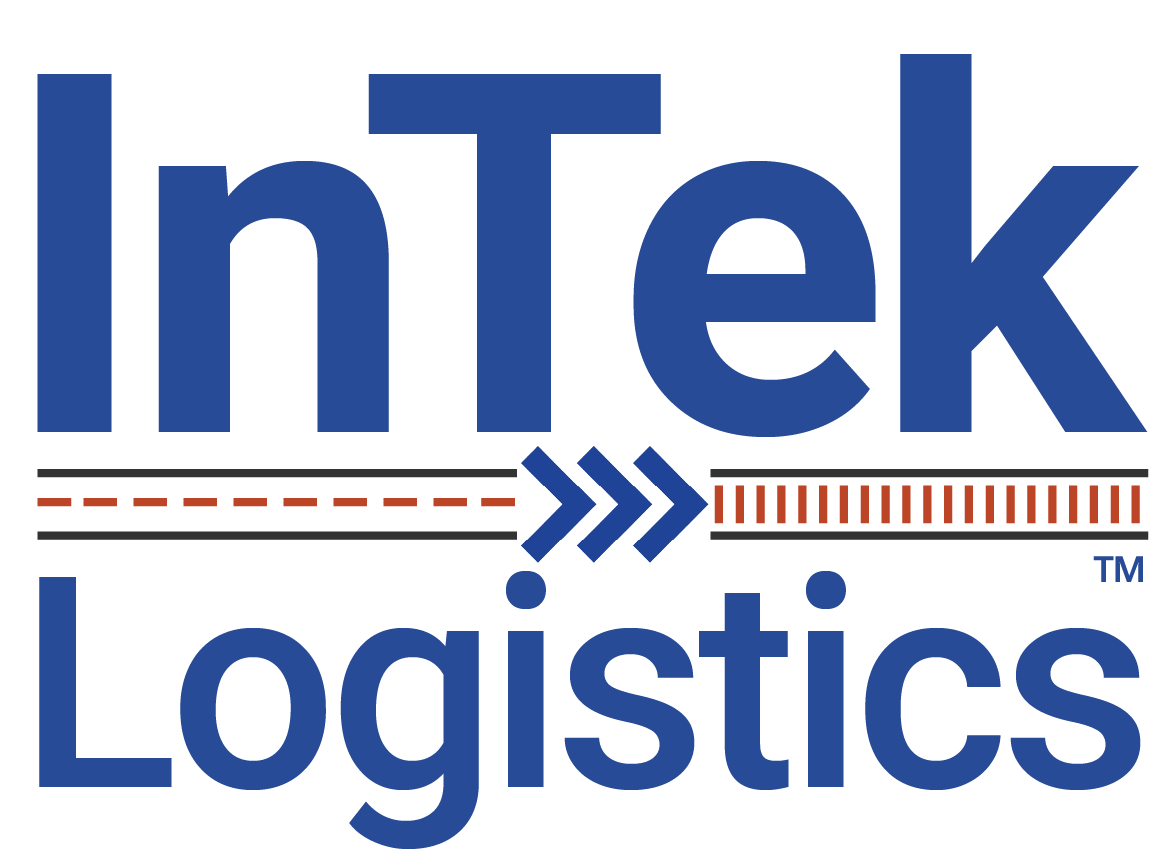
Ocean Freight Container Repositioning: Domestic Intermodal Shipping Solutions
Domestic Intermodal Ocean Box Service unlocks hidden capacity by filling empty ocean containers with cargo - benefiting shippers with cost savings and options, ocean partners with reduced empty positioning costs, and railroads with more efficient train segments. Let us unlock the world of ISO container repositioning to make it work for you.

![]()
Find hidden capacity
![]()
Benefit from consistent ocean container availability
![]()
Cover key freight lanes that match your, and the ocean carriers', needs
![]()
Save on shipping costs
Is ocean freight container repositioning right for you?
The answer is yes, if:
- You have one or more freight lanes that mirror ocean container shipping carriers' domestic movements.
- You're looking to lower the environmental impact of your transportation operations
- You already use, or are open to using, intermodal, with a container reposition program a logical option
- You're open to the cost savings with the pricing of ISO containers versus traditional 53-footers
- You're looking for an advantage over your competitors who are unaware of the opportunities relating to ocean container repositioning
.jpg)

Improve logistics with intermodal ocean container repositioning
40 & 45'
Ocean Container Sizes
10 - 50%
Savings Over Traditional Intermodal
5000
Boxes Available Weekly
Why choose domestic intermodal ocean shipping containers?
Because you can enjoy all the advantages of using traditional intermodal services - with the cherry on top of even greater cost savings.
"Forty foot container rates tend to be less costly than 53' containers...The unit is more tightly packed with your product, so I think anybody with heavy loads: beverages, plastics, steel coils, [etc.]. There's a lot less blocking and bracing to this product."
-Jeff Brashares, Director of Intermodal, CMA CGM
How ocean container repositioning works
The InTek ocean container domestic service model revolves around efficiently relocating empty surplus ocean carrier equipment back to port locations or areas where they're needed most. Our trusted ocean carrier equipment partners offer incentives for ocean container repositioning, and companies like yours can benefit by using ISO intermodal shipping containers for even more cost-competitive door-to-door service.

Why use ocean box repositioning intermodal?
InTek’s extensive domestic service network, with partnerships across ocean carriers, class 1 railroads and dray providers throughout North America, allows shippers like you to move freight between numerous cities at reduced rates. Ocean freight containers are especially ideal for heavy cargo but can work for a wide variety of product types.

InTek offers a range of services for ocean shipping containers
Beyond traditional 53 foot boxes, working with InTek unlocks access to a vast array of intermodal container specification (and chassis) options, each of which offers particular advantages for your freight. Let's take a look at a few container types:
53' Container

This is the standard container used for domestic intermodal shipping. These containers may be privately owned, or owned by railroads themselves. Their size and capacity is comparable to a traditional trailer on a truckload.
40' Container

This is a standard ISO ocean container (and the most common version), which still offers substantial capacity. For heavy loads that may weigh out before "cubing" out, they may be the best option.
40' High Cube Container
.jpg?width=640&height=473&name=40%20Hi-Cube%20ISO%20Container%20(1).jpg)
The high cube is similar to a standard 40 foot container, but it offers greater cube capacity - 2,693 versus 2,389 cubic feet - ideal for either oddly sized or especially stackable cargo.
20' Container

As you may have guessed, cubic capacity is about half of the 40-foot container. Standard 20 and 40 foot boxes, make up 90% of ISO ocean containers - and 20-footers are the namesake of TEUs.

Transform your business with progressive shipping solutions
Get your tailored quote
Provide details about your business so we can craft a tailored ocean container repositioning solution for you. One of our specialists will reach out to begin discussing how we can assist.
Review your custom proposal
Let's set your custom logistics solution in motion. Once we understand your shipping requirements, we'll present the best domestic ocean box options for you and collaborate with you to get your business started.
Rely on InTek for the rest
Rest easy, assured that a seasoned operations professional, supported by a team of industry specialists, is dedicated to your long-term success and ready to resolve any concerns. But that's not all. We're always looking for opportunities to enhance your service and save you money.
.jpg?width=282&height=365&name=Ins%20%26amp%3B%20Outs%20Cover%20(1).jpg)
Get ocean freight container shipping tips
Before you get started with an ocean container repositioning strategy, it pays to know the basics of intermodal transportation. After all, intermodal does have some unique elements like blocking & bracing, weight requirements and the process to book loads through an IMC. Check out our free Ins & Outs of Intermodal Transportation eBook to learn all about how to add intermodal to your transportation portfolio.










